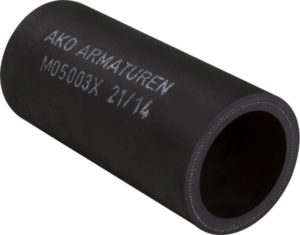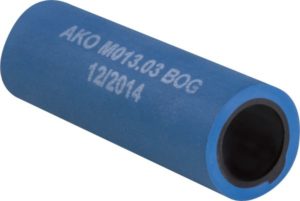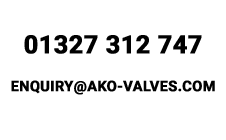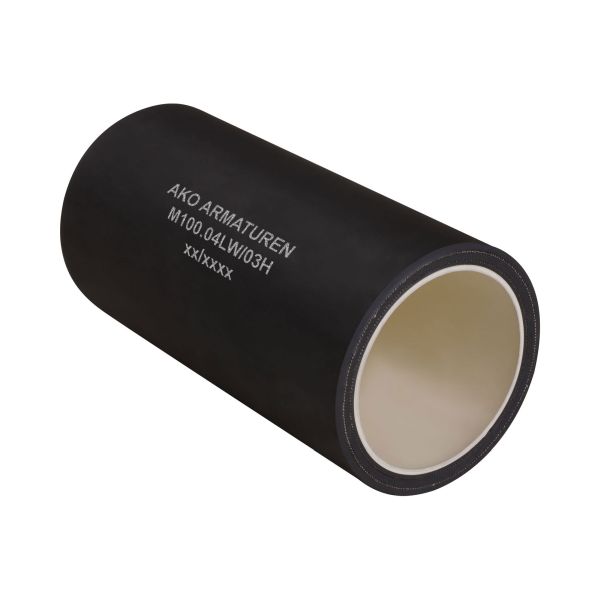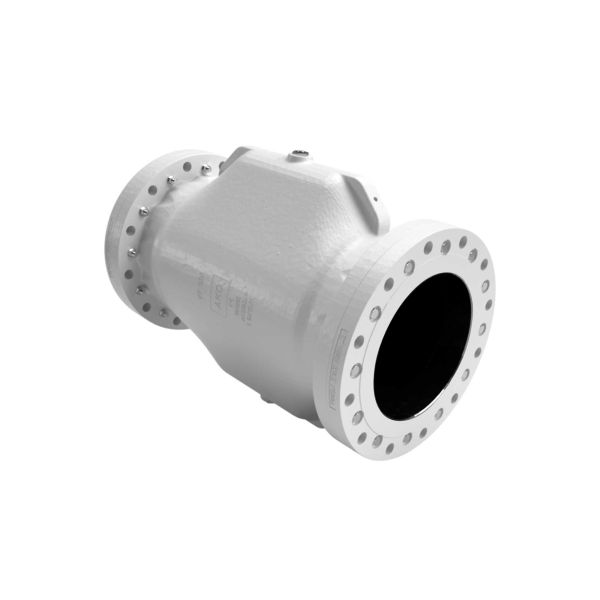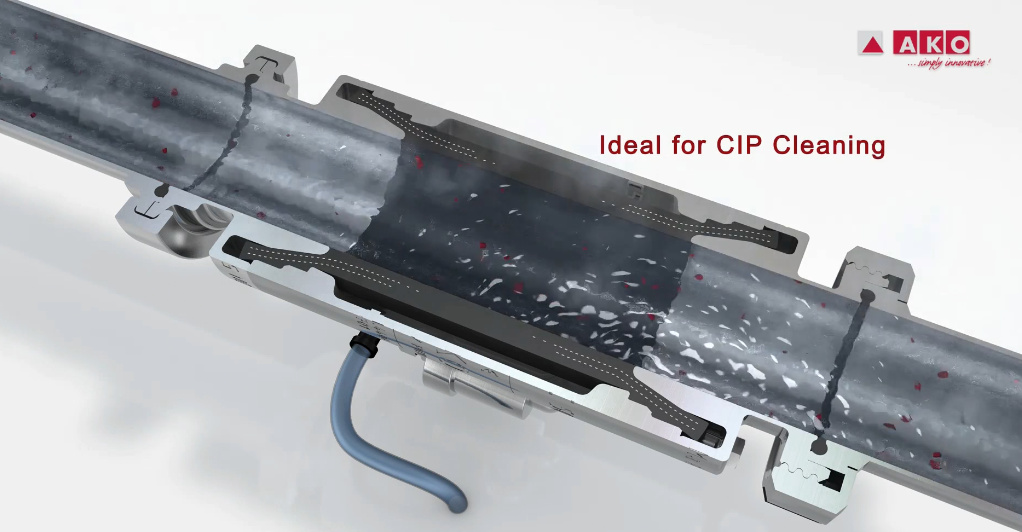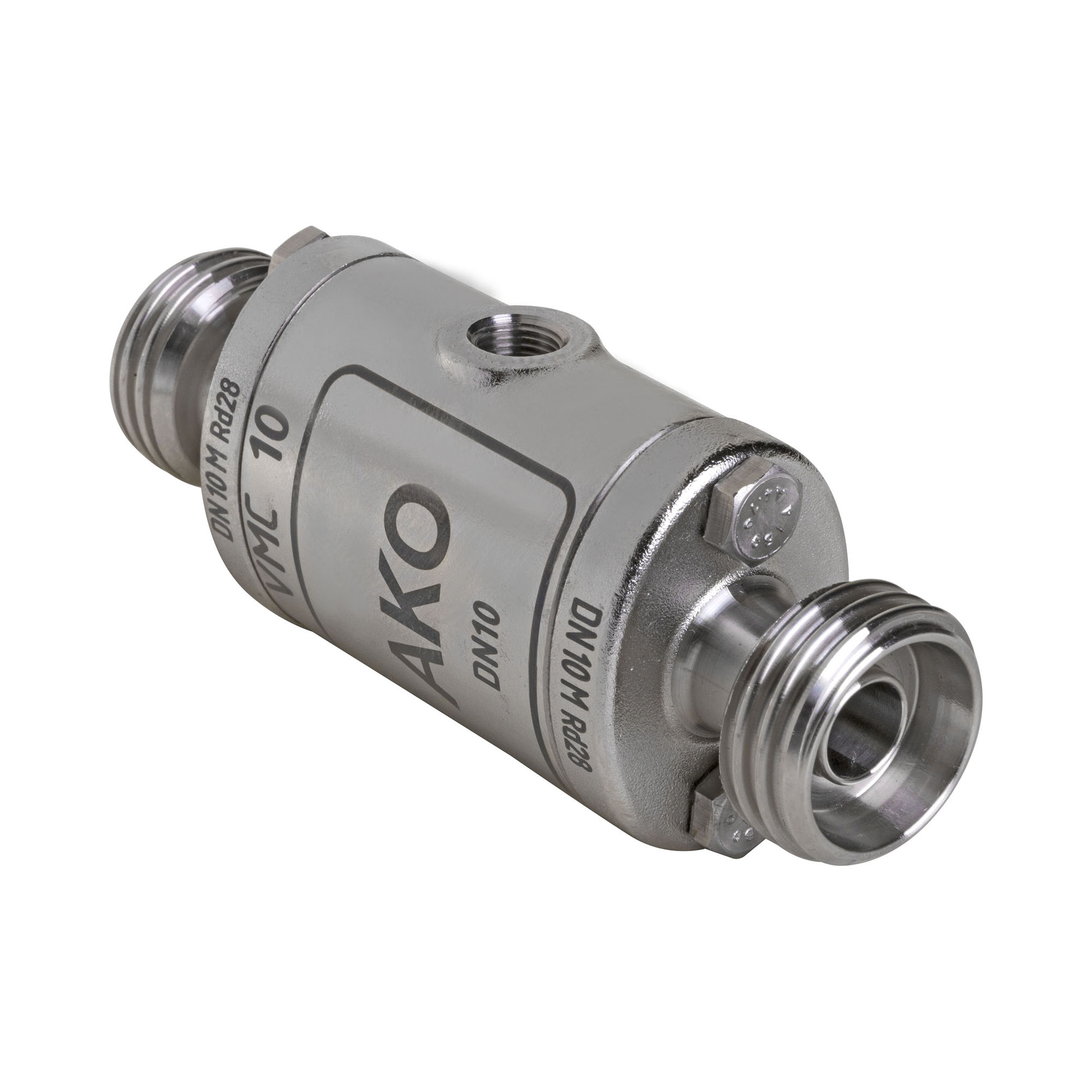Rubber Membrane in Valves Used in Many Industries
A rubber membrane for a pinch valve or squeeze valve is the tube inside the valve housing which pinches tightly together and collapses from pressure being applied either by air or water to close the flow of material travelling through the passage.
The rubber membrane liners of the air operated pinch valves are usually press-fitted and centered into the housing ends by the socket end covers or flange.
A rubber membrane in valves may also be known or nicknamed as a Hose, Bladder, Membrane, Seal, Seat, Tube, or Sleeve.
Types of Rubber Membrane in Valves
Rubber membranes in valves (tubes, bladders, hoses, sleeves) come in various different available materials, which suit a large range of different applications and industries.
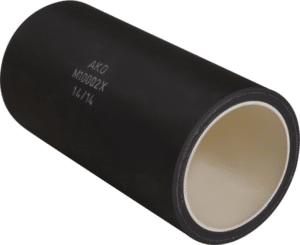
For instance an oil based application would be best suited to a nitrile rubber membrane in valves, aggressive sludges and industrial waste would need a natural rubber membrane, and an application where food is involved would need an FDA approved food quality version or food quality rubber membrane in valves.
Rubber Membrane in Valves Types & Temperatures
- Natural Rubber – 80’C
- Natural Rubber High Temperature – 90’C
- Natural Rubber Food Quality – 80’C
- EPDM – 120’C
- EPDM Food Quality – 120’C
- Nitrile – 80’C
- Nitrile Food Quality – 80’C
- Silicon – 130’C
- Neoprene – 80’C
- Butyle – 80’C
- Hypalon – 80’C
- Viton – 120’C
Rubber Membrane Valves with a True Bore
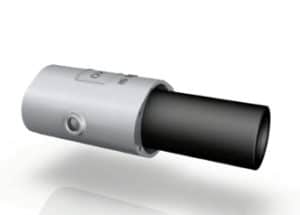 Rubber membranes in valves are extremely versatile and are the only wearable part that will need replacing. Many pinch valve users keep a spare rubber membrane, tube, hose or bladder on hand in case of any failures or breakdowns on site or in a production factory.
Rubber membranes in valves are extremely versatile and are the only wearable part that will need replacing. Many pinch valve users keep a spare rubber membrane, tube, hose or bladder on hand in case of any failures or breakdowns on site or in a production factory.
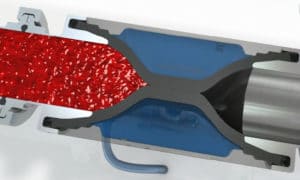
Each rubber membrane, also identified as a rubber tube, closes in the same elliptical shape every time, ensuring a longer service life. In addition, the layers of rubber materials are manufactured in the best high quality. A rubber membrane in valves, commonly known as a rubber bladder made of a highly elasticised elastomer, will have the ability to spring-back to its original state and open position following compressed by pressure.
See how easily a rubber membrane in valves closes fully:
Rubber Membranes in Valves – Lifetime Expectancy
Rubber membranes in valves are also called rubber bladders which are found within pinch valves and are the only moving parts of the valve.
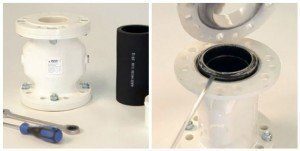
Replacing a Rubber Membrane in a Valve
The valve is made relatively maintenance-free with minimal downtime as a result of the rubber membrane or tube being easy to change on-site. This factor provides users not only with reduced downtime, but also with the resultant financial and production savings. Due to the abrasive nature of some materials, some valves possess a short operational life expectancy. However, this is not the case with the versatile and reliable rubber membranes for valves with a pinching bladder/hose.
Rubber membrane lifetimes will depend on the number of cycles the valve will undertake per day, as well as specific details about the application, and where/how the valve is installed. Providing this information before installing a pinch valve rubber membrane, hose, tube, bladder or sleeve will give a good lifetime expectancy, and will last longer than other conventional valve types such as butterfly valves.
See the typical pinch valve failures from a worn/split rubber membrane, and how to prevent them happening.
Rubber Membranes for Valve Applications
Rubber membranes in valves are suited to a varied range of different applications from abrasive, vicious media to gaseous and liquid substances.
A rubber membrane in valves can even be used on a lot of chemical applications as well as food, beverage and pharmaceutical lines. Rubber membranes in valves can also be confirmed for use in EX zones covering all ranges from 0/20, 1/21 and 2/22 making rubber membranes, tubes, hoses and baldders are one of the most suited inserts on the market.
Previously we discussed the different types of rubber membranes that can be inserted into Pinch Valves, Hose Valves, Tube Valve, Shut off Valves and Squeeze Valves, now we list the uses of each rubber membrane and tube so it makes life much easier when coming to choose which rubber membrane to install on each application;
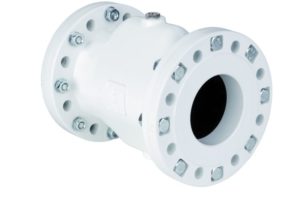 Natural Rubber Membrane – Covers all abrasive media up to 80’C, this could include, foundry sand, silica sand, grit, plastic pellets, metal pellets, slurry, sludge, glass, dust, waste water, powders, granules, aggregates, cement and concrete, synthetic materials and fibres, clay, crop spraying, etc.
Natural Rubber Membrane – Covers all abrasive media up to 80’C, this could include, foundry sand, silica sand, grit, plastic pellets, metal pellets, slurry, sludge, glass, dust, waste water, powders, granules, aggregates, cement and concrete, synthetic materials and fibres, clay, crop spraying, etc.- Natural Rubber High Temperature – The same rubber membrane, hose or bladder as above but can be used when the temperature creeps above 80’C for longer life.
- Natural Rubber Food Quality – Best used for abrasive food media such as sugar, salts etc. Also ideal for foodstuffs such as icing, batter, mixes, sauces, spices, flour etc.
- EPDM Rubber Membrane in Valves – Perfect for applications where the temperature is up to 120’C, also good for abrasive media and some chemical use, the temperature rating offers this rubber membrane in valves good resistance when using a SIP or CIP cleaning process.
- EPDM Food Quality – The same as above but used for food quality applications where there is more cleaning processes in place.
- Nitrile – Nitrile is mainly used for oily, fat and grease content within the application. An example is a sewage sludge application where there may be traces of oils.
- Nitrile Food Quality – Again, this rubber hose is used for food applications where fat, oil or grease may be within the media such as milk, butter, chocolate, fish, brine and types of oils like vegetable oil, rapeseed oil and mineral oil.
- Silicon Rubber Membrane – Mainly used for the temperature rating to exhaust very hot air or steam, and is rated to 130’C.
- Neoprene – Can be used for many different applications such as mild abrasive and also low content oil applications like lemongrass and animal oils. Also used on some gas applications like natural gas and media such as printing ink and soap.
- Butyle – Used on a various range of chemicals such as ammonium, Acetic, Alcohol, Alumina, Amino, Barium etc.
- Hypalon – A similar alternative to Nitrile and EPDM tubes, Hypalon can be used for fatty alcohols as well types of chloride and peroxide, and even types of acids.
- Viton – Used on applications such as oils and chemicals ranging from battery acid to Buttermilk.
Rubber membranes in valves, many of which are listed above can be used for the same processes. However, it is very important the correct rubber membrane or bladder is chosen.
The rubber membrane liner Natural Rubber is the most commonly used, mainly because of its characteristics such as flexibility and elasticity and the fact it is the best for abrasive media which occurs frequently in many industrial applications. These characteristics give Natural Rubber the longest lifetime expectancy for a rubber membrane and rubber tube. EPDM is in a close second due to the temperature range and Nitrile would be third due to the use of oils, fats, grease etc. The fact that all 3 of those rubber membranes and rubber hoses are also available in food grade FDA approved quality add to the amount of different applications they can be used on.
